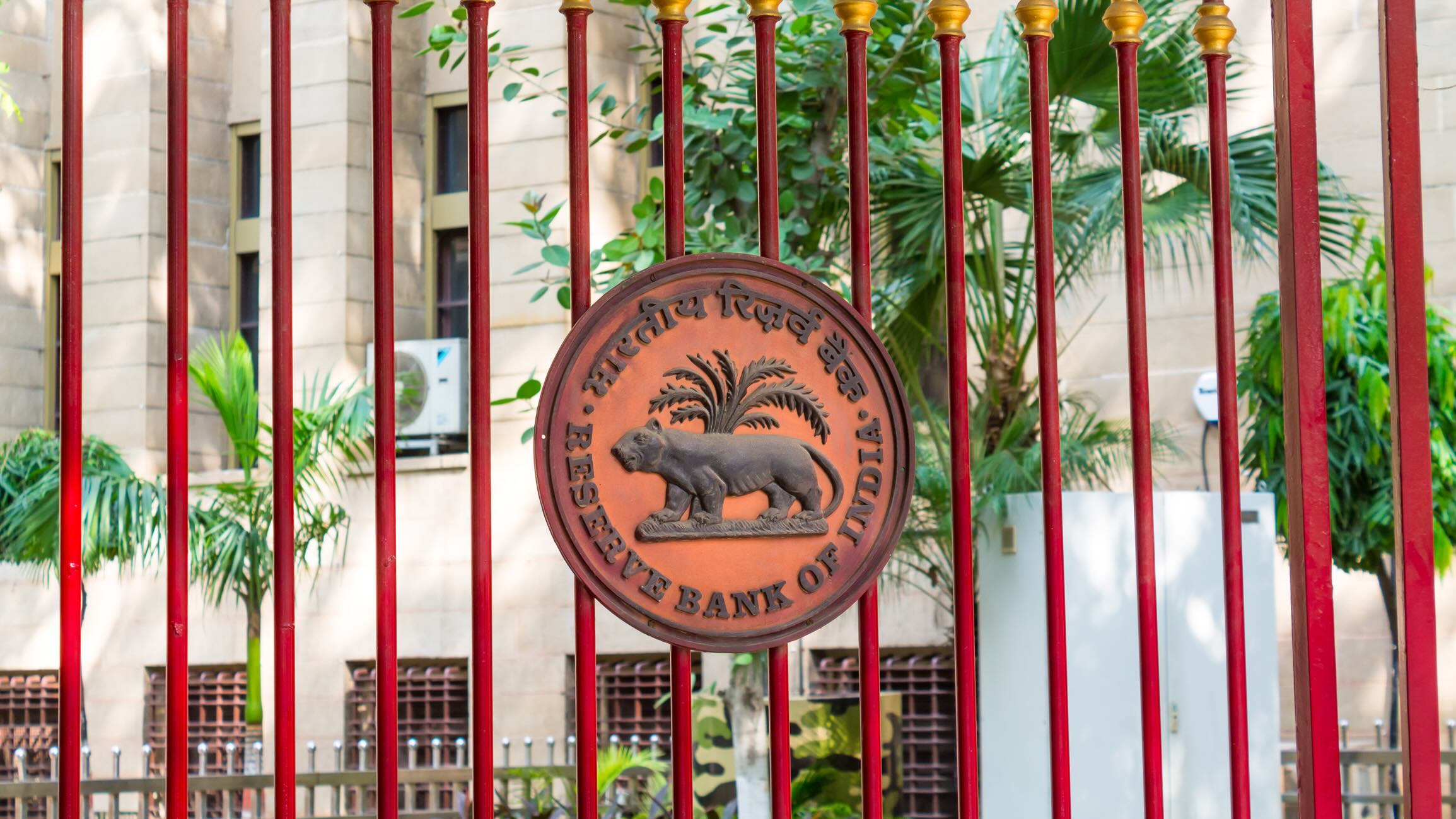India’s Central Bank Rolls Out Financial Sector Reforms
Key Takeaways
- Stronger Banking Rules: New Expected Credit Loss framework and Basel III standards to improve resilience and global alignment.
- Deposit Insurance Revamp: Risk-based premiums will replace flat fees, pressuring weaker banks to strengthen.
- Simpler Forex Rules: Exporters and traders get more time and flexibility, with lighter compliance for smaller transactions.
- Consumer Protections Upgraded: Stronger Ombudsman powers and expanded coverage for co-operative banks.
- Markets Liberalized: INR lending extended to neighboring countries and new investment options opened for foreign rupee accounts.
Deep Dive
India’s central bank has set out a sweeping package of reforms designed to toughen the country’s financial system, modernize regulation, and improve protections for everyday consumers. Announced on October 1, the measures cover everything from how banks set aside funds for bad loans, to how exporters manage foreign currency, to how consumers resolve disputes with their banks.
The biggest shift is a move toward a new provisioning model for banks known as the Expected Credit Loss framework. Instead of waiting for loans to go sour before accounting for them, lenders will now have to anticipate losses up front. Regulators argue the change will make banks more resilient and their financial statements more comparable across the sector.
India is also preparing to align itself more closely with international standards by adopting the Basel III framework for calculating capital requirements. Alongside this, the central bank is looking to update rules around how banks lend against shares and other securities, bring back licensing for new urban co-operative banks after a 20-year pause, and even scrap older rules on large borrower credit supply that no longer fit today’s market.
Deposit insurance, a lifeline for small savers, will see its first major overhaul in decades. Instead of every bank paying the same flat fee, premiums will soon be risk-based, rewarding stronger banks with lower costs and pushing weaker ones to shore up their balance sheets.
Foreign Exchange Made Easier
Exporters and traders are also in line for some relief. Exporters using accounts in India’s International Financial Services Centers will have three months instead of one to bring their proceeds home. Traders will get extra breathing room too, with more time to complete cross-border merchanting deals amid global supply chain uncertainty.
Small exporters and importers will see red tape cut, as banks will be allowed to close out small bills based on simple declarations rather than lengthy paperwork. Meanwhile, a revised framework for External Commercial Borrowings is on the way, with simpler rules and a broader set of eligible lenders and borrowers.
Consumers at the Forefront
On the consumer side, the central bank is rethinking the Basic Savings Bank Deposit account, a no-frills savings product meant to widen financial inclusion. The aim is to adapt it for a more digital era while keeping it affordable and accessible.
Complaints handling is also being upgraded. Internal Ombudsmen inside banks and other financial institutions will be given more teeth, including the ability to award compensation, and customers will be able to take their grievances to the RBI’s Ombudsman Scheme more easily, with state-level co-operative banks now brought under its scope.
Markets and the Rupee’s Global Role
The reforms extend to financial markets as well. To deepen the use of the rupee in cross-border trade, Indian banks will now be allowed to lend in INR to residents of Bhutan, Nepal, and Sri Lanka. Reference rates for more global currencies will also be published, cutting down on costly currency conversions. And foreign partners holding special rupee accounts in India will be able to invest not just in government debt but also in corporate bonds and commercial paper.
Taken together, the measures show India’s central bank trying to balance prudence with progress. It is tightening rules where resilience is needed, opening doors where growth demands flexibility, and nudging banks and financial institutions into a more modern, internationally aligned era. For consumers and businesses alike, the package could reshape how money is saved, borrowed, invested, and protected across India’s financial system.
The GRC Report is your premier destination for the latest in governance, risk, and compliance news. As your reliable source for comprehensive coverage, we ensure you stay informed and ready to navigate the dynamic landscape of GRC. Beyond being a news source, the GRC Report represents a thriving community of professionals who, like you, are dedicated to GRC excellence. Explore our insightful articles and breaking news, and actively participate in the conversation to enhance your GRC journey.
Sponsored by






.svg)

.svg)